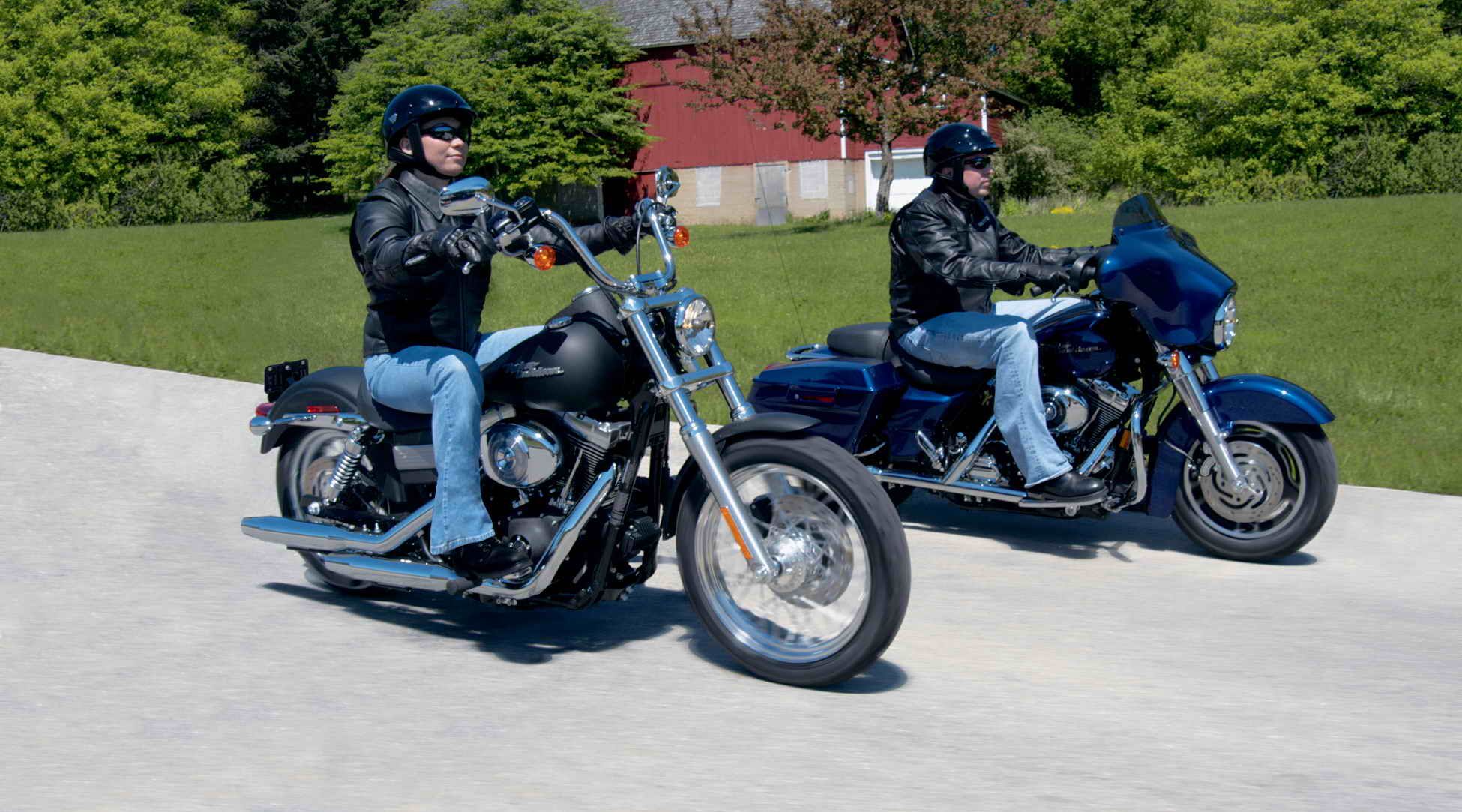Fitch Ratings said yesterday that the strike that will impact a month of production at a Harley Davidson (HOG) plant has no impact on the company's rating or outlook based on the company's ability to generate strong free cash flow in 2007 and the relatively modest cost of the strike.
Fitch rates Harley-Davidson's IDR 'AA-' and Harley-Davidson Funding Corporation short-term IDR 'F1+'. Both companies are on Stable Outlook.
Fitch estimates the strike by approximately 2,800 York, Pennsylvania production employees will cost HOG $100 million for the year and 18,000 fewer Touring and Softail motorcycle shipments in the first quarter. This could constrain dealer inventories in the short term, however at least 4,000 of these motorcycle shipments should be made up, so the net effect on deliveries will be closer to 14,000 lost bikes. A new three-year agreement between the International Association of Machinists and Aerospace Workers (IAM) for Local 175 became effective last week and may help slow the increase in Harley's health care liabilities and some labor-related costs.
Fitch estimates that the York contract will cost HOG $13-$15 million more annually beginning this year. The new labor agreement includes 4% wage increases for 3 years, allows workers to continue to receive healthcare insurance without paying a premium and increases the 401(K) match. It also creates a two tier wage structure for new employees that equalizes pay by the end of the contract and increases out-of-pocket healthcare costs for current and new employees. This labor agreement will likely serve as a template for Harley's Kansas City and Wisconsin factories which each have separate contracts with the IAM that expire in August 2007 and March 2008 respectively.
On a U.S. GAAP basis as of September 30, 2006, HOG's aggregate pension plans were over 100% funded thus posing no short or medium term risk to the company. Healthcare costs are expected to continue to rise for HOG however elements of the new labor contract may mitigate these increases.
HOG had a strong 2006 with motorcycle and related product sales up 8.6% to $5.8B, and operating profit improving 8.8% to $1.4 billion. This was driven by strong international sales, price realization, and an improved product mix. Total motorcycle shipments in 2006 increased 20,179 units or 6.1% to 349,196 bikes while retail sales grew faster at 8.5%, which shows that dealer inventories improved for the year. In the U.S. shipments increased 2.5% while retail sales increased 5.9%.
Cash and marketable securities totaled $896 million at the end of 2006, which was down $150 million from 2005 primarily as a result of share repurchases and higher dividend payments. Cash flow from operations decreased $200 million to $762 million in 2006 mainly as a result of Harley-Davidson Financial Services (HDFS) completing three securitization transactions in 2006 vs. four in 2005.
Despite this, HOG safely generated enough cash to repurchase 19.3 million shares of common stock last year for $1.06 billion and payout $213 million in dividends. HOG has an open ended target to reduce its number of shares outstanding by 20 million, which would cost it $1.3 billion at yesterday's closing stock price. This still relatively strong cash flow also allowed HOG to raise their capital expenditures in 2006 to $220 million, absorb $15 million in raw material cost increases and $57.3 million in warranty and recall claims.
HOG's rating reflects the company's strong cash generation from their dominate market position in the U.S. heavyweight motorcycle segment, expanding international presence, significant distribution network and conservative financial policies. HOG's primary source of liquidity is their cash flow from operations and the company carries no non-financial long term debt and maintains a large cash balance.
Fitch expects any rating actions to be driven by company-specific factors such as a change in the company's capital structure policies or substantial share repurchases that overreach cash flow generation. Minor concerns include increased raw material costs, ongoing healthcare funding requirements, and excessive warranty and recall claims.
In 2007, HOG expects to invest $300-$325 million in capital expenditures. The increase from 2006 is for a powertrain facility expansion and construction of a 130,000 sq. ft. HOG museum. Although the strike will slow revenue growth and hurt margins in 2007, Fitch believes the company will continue to generate strong free cash flow and position itself well for future growth with its competitive products, strong distribution network, and conservative financial policies.

